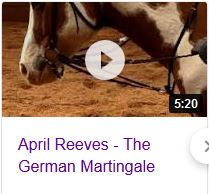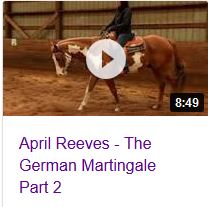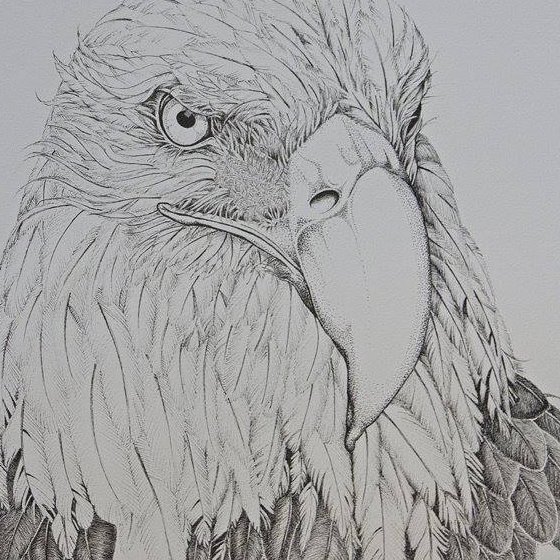Question: I have a horse that jumps forward into the trot when asked to move from a walk to a trot. Any suggestions on how to make the transition smooth? Thanks
April Reeves: Hi Kristi! First off, the response from your horse to be “quick” into the up transition is actually a response I ask for, at the beginning. You do want a horse that responds to your cues immediately. I consider that obedience, and once that’s established, you can move on to refine the process.
Next step is to soften how you ask for the up transition. All your methods have to become lighter and softer if you expect the same from the horse, from the use of hands, legs, voice and seat. Get very familiar with what that feels like, because this is how you bring a horse into refinement and a finished bridle horse.












